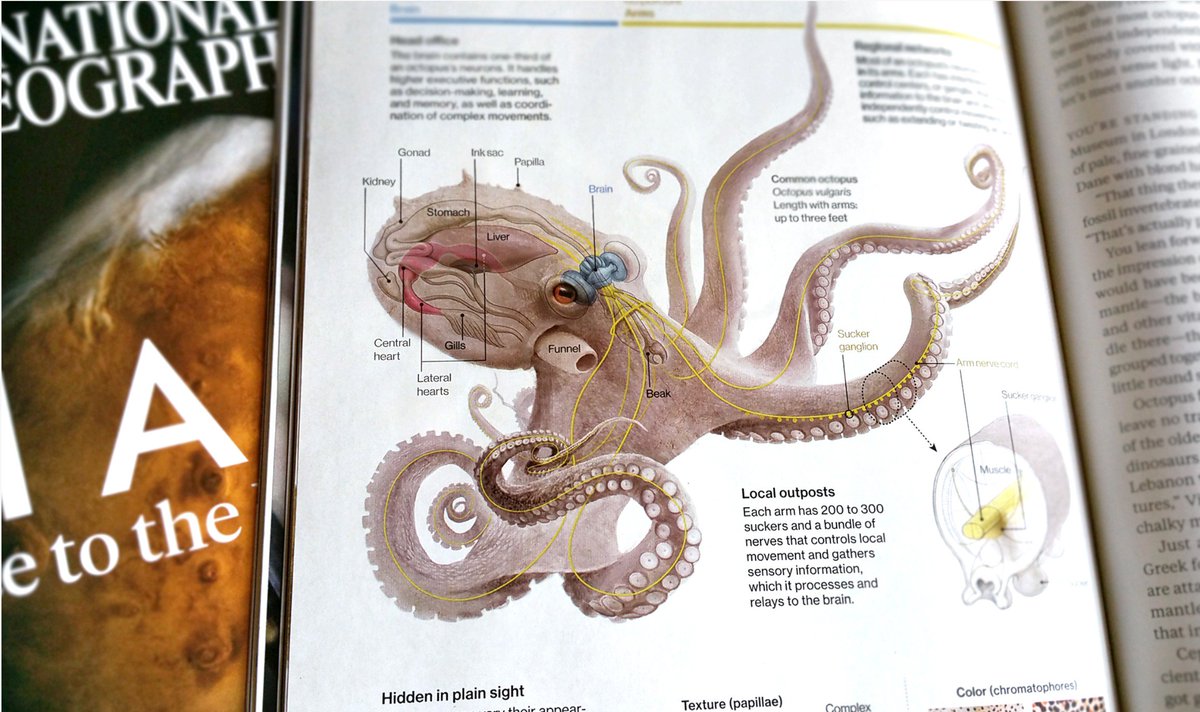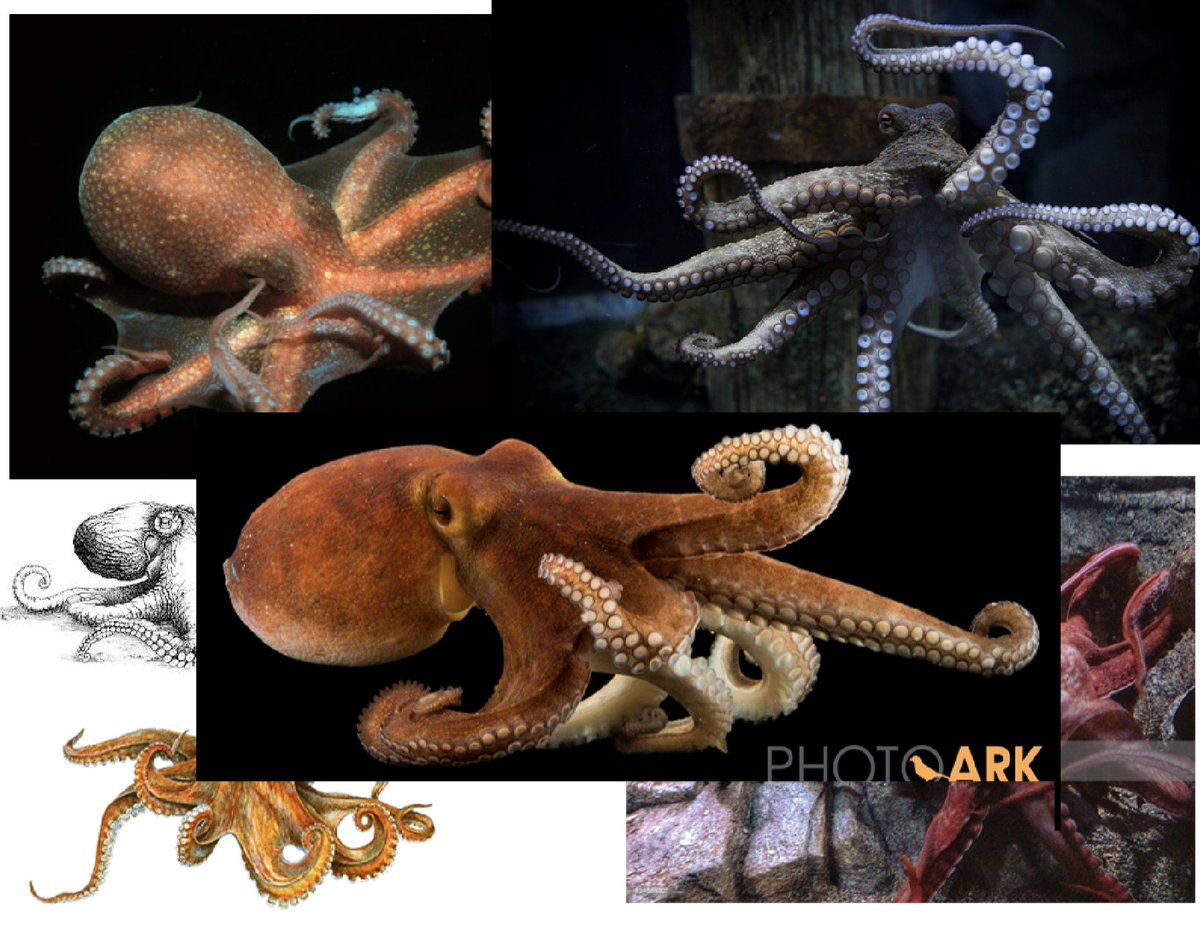Starting from #Asteroids and #Exoplanets where we shared the Research behind our #SpaceRex project (for Asteroid Detection using #ArtificialIntelligence) and #TRAPPIST1 project (where large Resonant Chains which provide stability to this Exoplanetary system), we move to our Sun! 

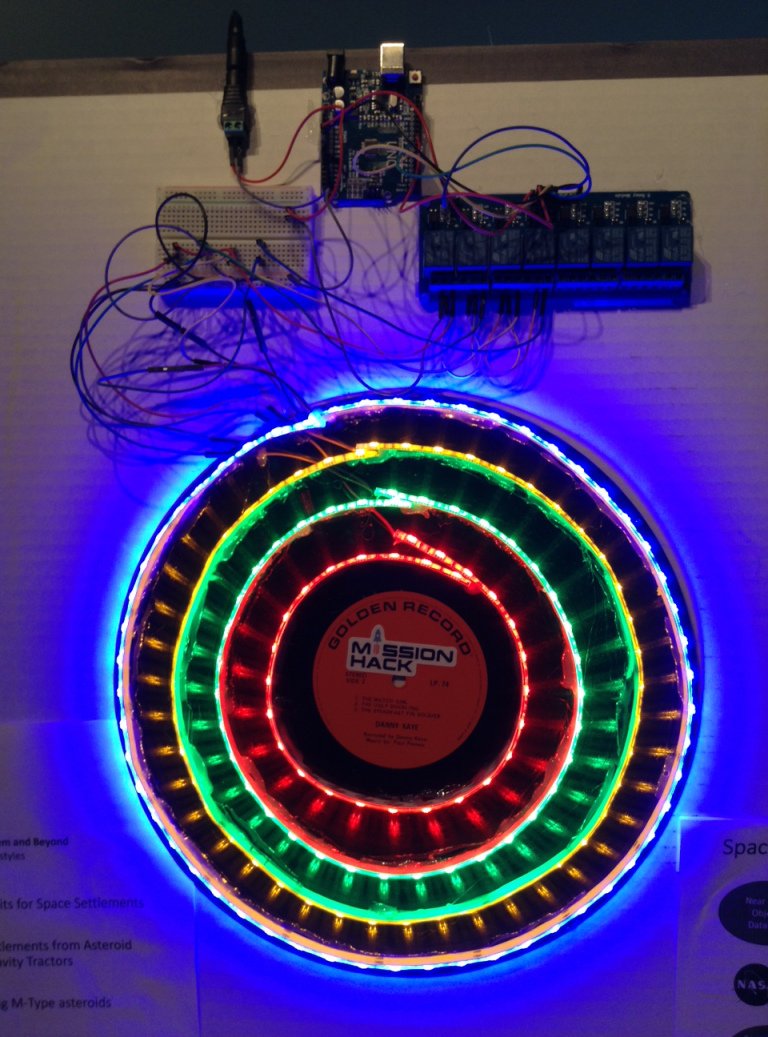
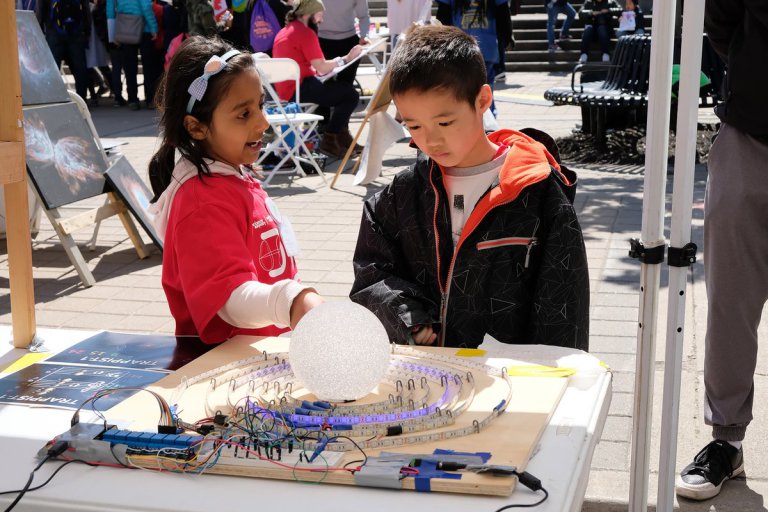
We wondered if Astronomers can find planets around stars 1000s of light years using Transit Method (dip in star's brightness because of orbiting planets) could we use this method on our parent Star- the Sun?
A unique opportunity came on 21 Aug 2017- the #TotalSolarEclipse in US
A unique opportunity came on 21 Aug 2017- the #TotalSolarEclipse in US

Solar eclipses happen when Moon's shadow falls on the Earth as it passes between us and the Sun.
On 21 Aug 2017, Moon would pass between Sun and the Earth, appearing to block the Sun for almost 90 mins.
We wanted to measure dip in Sun's Brightness during this Transit Event.
On 21 Aug 2017, Moon would pass between Sun and the Earth, appearing to block the Sun for almost 90 mins.
We wanted to measure dip in Sun's Brightness during this Transit Event.
Measuring Solar Eclipses have scientific value. Eg: how rapidly the Earth cools when Solar radiation is blocked.
We turned to our School Lunch Boxes to transform them into Scientific devices.
Fitted them with Sensors, Arduino, Real-time Clock, Solar Cell, SD Card to store data
We turned to our School Lunch Boxes to transform them into Scientific devices.
Fitted them with Sensors, Arduino, Real-time Clock, Solar Cell, SD Card to store data

Followed by hours of Coding + Testing sensitivity of device to measure changes in: Temperature, Humidity, Visible, Ultra Violet, Infrared radiation, Solar Output and record data every second.
Our school lunch box device #SolarX was ready for deployment for #TotalSolarEclipse

Our school lunch box device #SolarX was ready for deployment for #TotalSolarEclipse
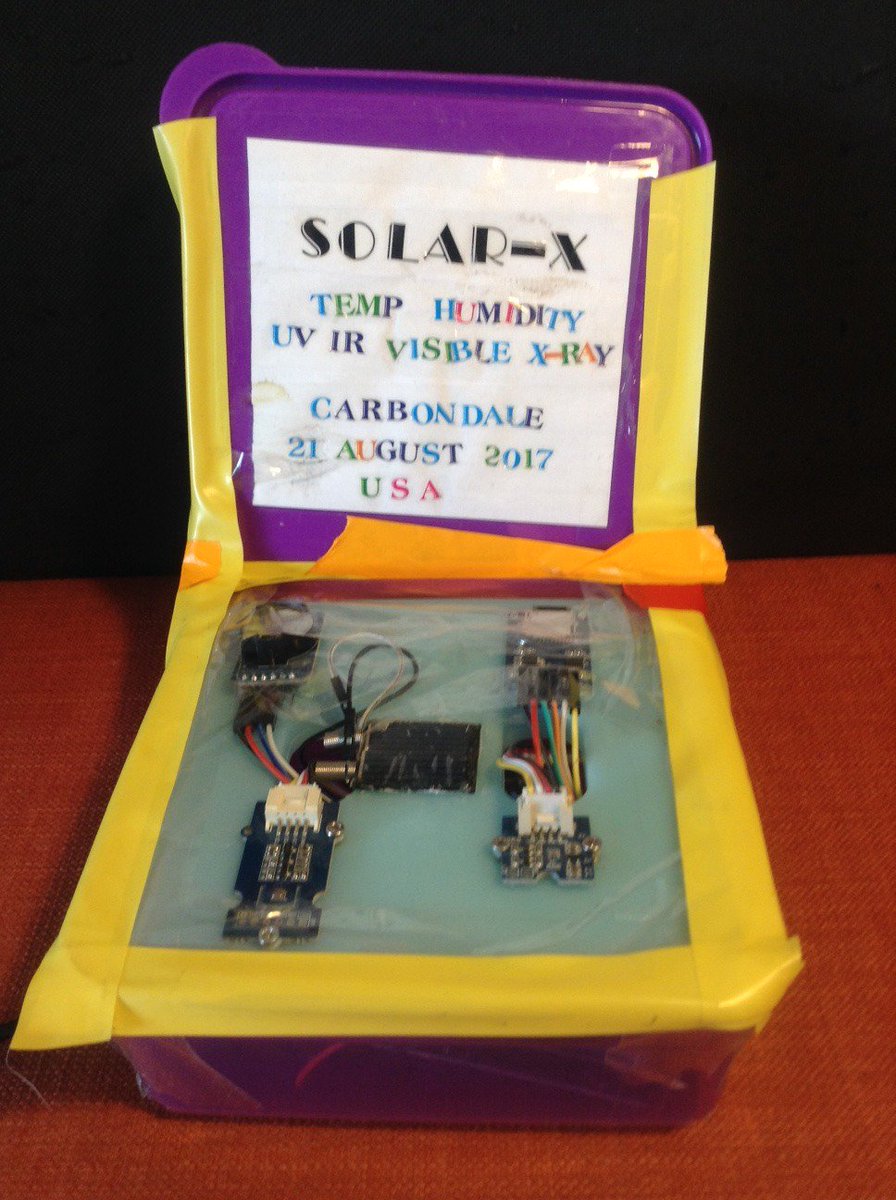
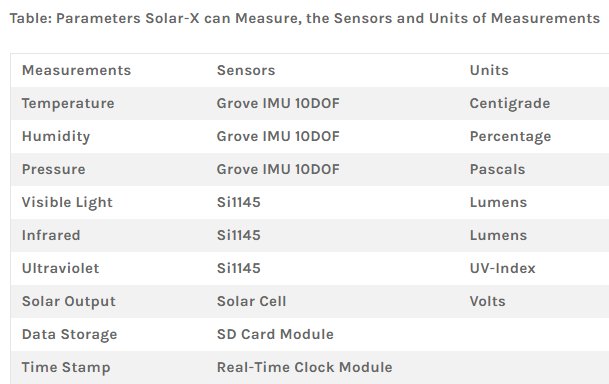
We traveled to Carbondale, Illinois, USA which would experience Totality of longest duration for #2017SolarEclipse- 2min 40 sec.
We collected baseline data 2 days prior to Eclipse.
We linked with @NASAGO NASA Globe Observer and @SIUC to share our #CitizenScience data with them

We collected baseline data 2 days prior to Eclipse.
We linked with @NASAGO NASA Globe Observer and @SIUC to share our #CitizenScience data with them
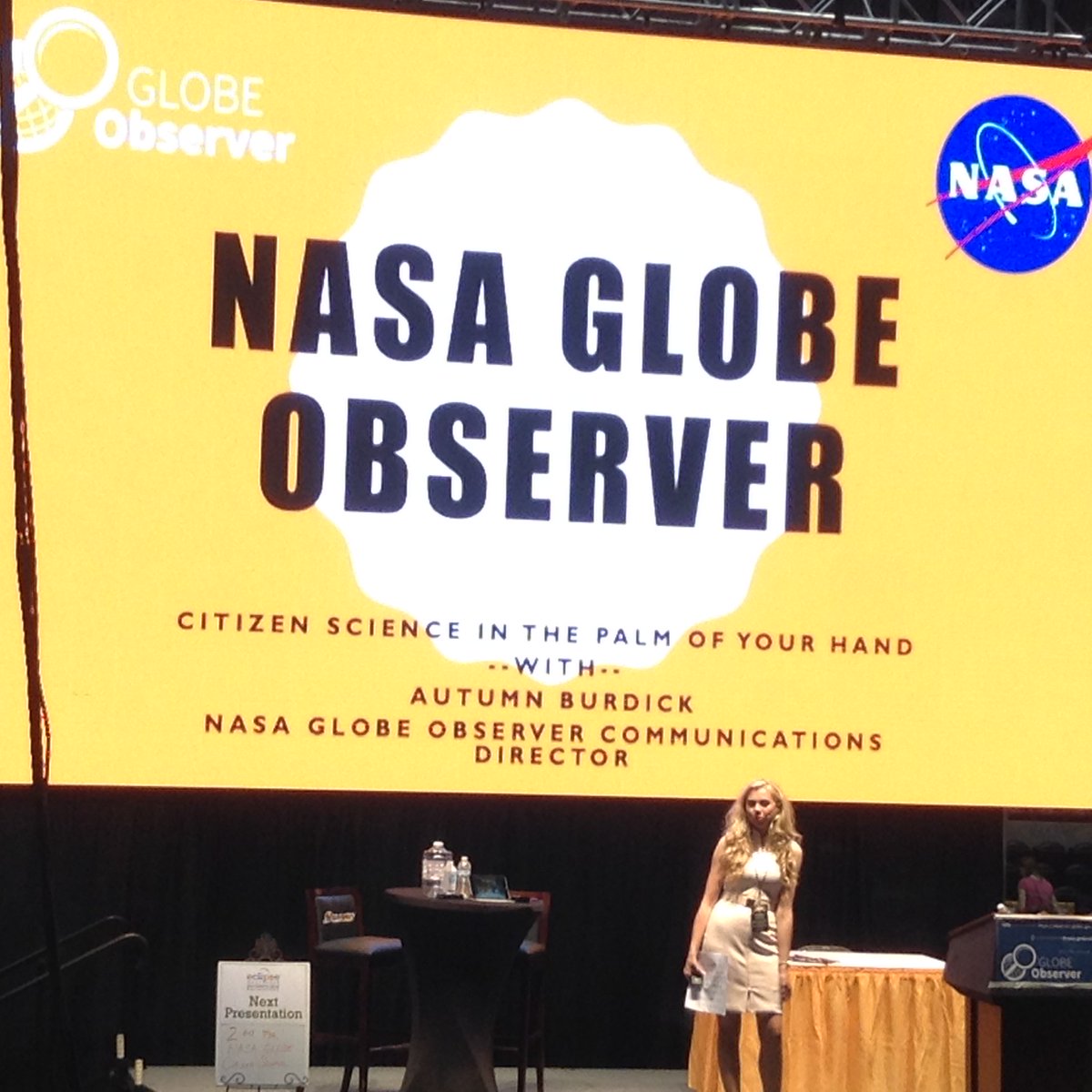

2017 Solar Eclipse lasted 3 hours from First Contact to Last Contact.
We collected over 140,000 individual measurements using Solar-X. Also made observations pertaining to Cloud Cover every 20 minutes.
Later we downloaded the entire data for analysis.
We collected over 140,000 individual measurements using Solar-X. Also made observations pertaining to Cloud Cover every 20 minutes.
Later we downloaded the entire data for analysis.

• • •
Missing some Tweet in this thread? You can try to
force a refresh





